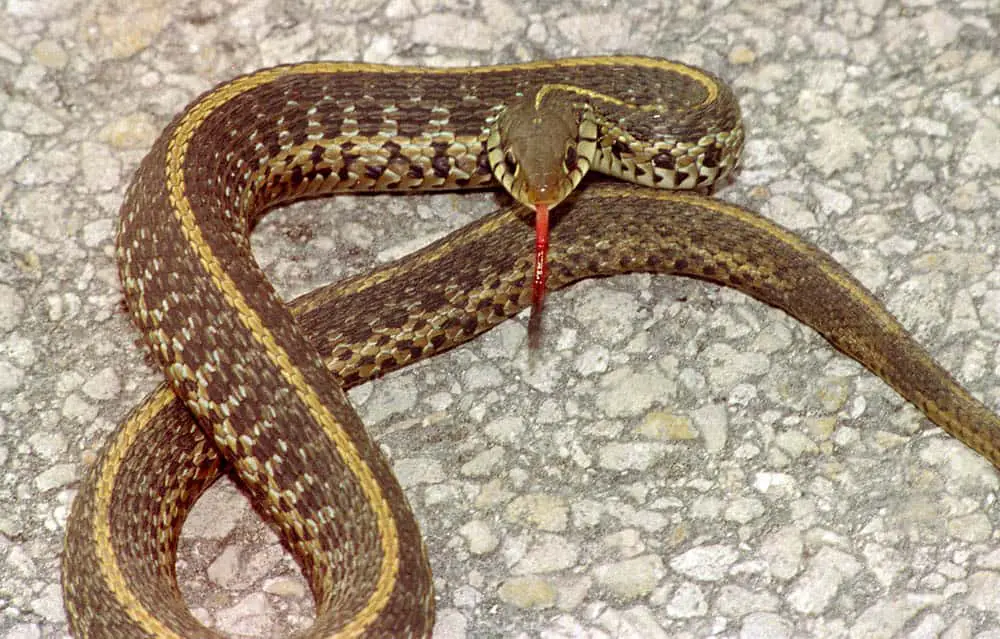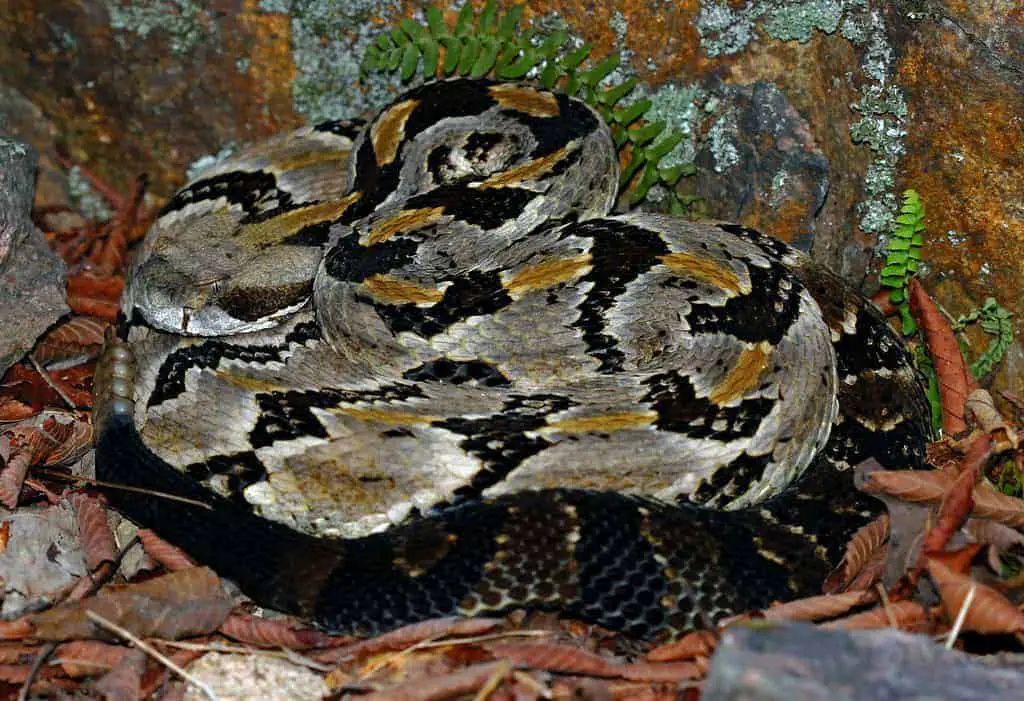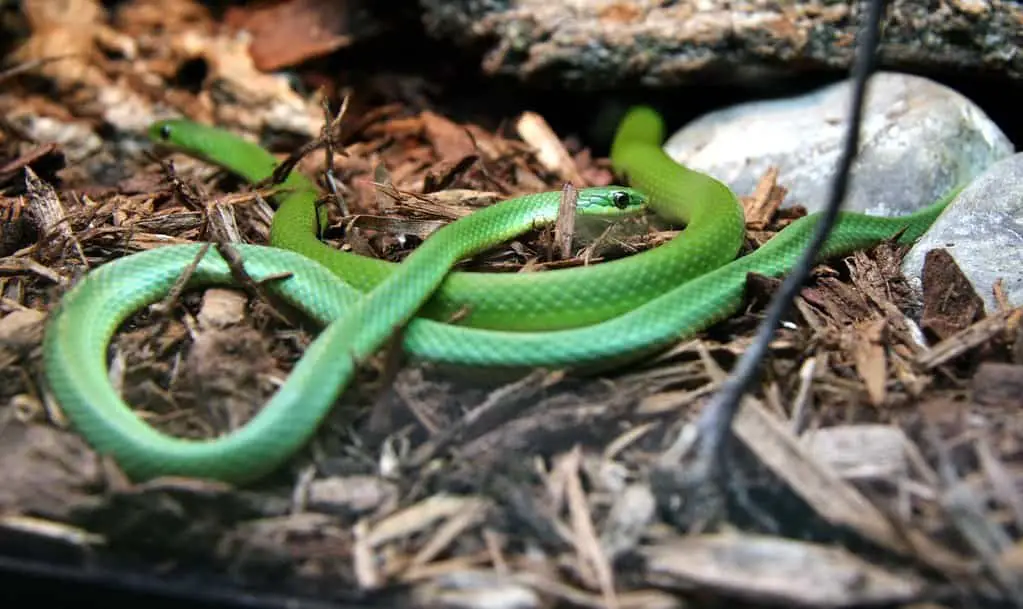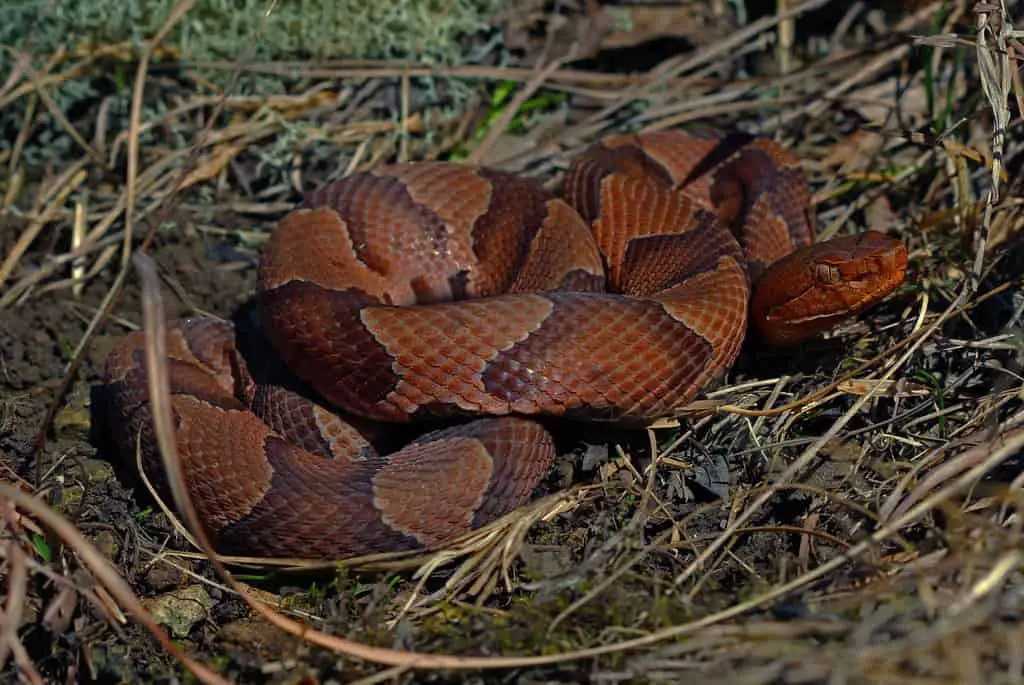Several species of snakes are found in Connecticut, including the Northern Copperhead, Timber Rattlesnake, Smooth Green Snake, and Eastern Garter Snake. All of these species can be found in a variety of habitats throughout the state. Some common locations for these snakes are the mountains, the woods, and the swamps.
Eastern Garter Snake
Those who live in Connecticut may find themselves in the middle of a population of Eastern Garter Snakes. They can be found in parks, farmlands, and vacant lots.
Eastern Garter Snakes is a native of the North American Nearctic region. They are found throughout the eastern United States. These snakes are nonvenomous. They eat various things but mainly prey on slugs, earthworms, and salamanders. They have a forked tongue, a keeled belly, and a black tip. They can measure 16 to 41 inches long. They are most active during the day.
Eastern Garter Snakes are usually found in grassy areas near cover, such as grassy fields or lawns. They live in various habitats, such as ponds, swamps, woodlands, and marshes. They are tolerant of human disturbance and are often found in urban areas. They also make their homes in gardens and lawns.
These snakes are not venomous, but they may be afraid of humans. They may hide under tarps or shrubs. They may even be found under wood piles and planks.
Timber Rattlesnake
During colonial times, the timber rattler was probably widespread in Connecticut. These pit vipers have an eerie reputation. It is considered to be the second most dangerous snake in the state. They are protected under the Connecticut Endangered Species Act.
Typically, the timber rattler is a stocky snake with a venomous bite. Their fangs deliver a highly hemotoxic venom that can break down red blood cells. The venom is also able to inflict severe swelling on the victim. If the swelling is not treated in time, it can cut off blood flow to limbs.
The timber rattler is considered endangered in Connecticut. This is partly due to human activity and habitat loss. In addition, timber rattler populations have declined due to persecution.
The timber rattler is protected in Connecticut by the Connecticut Endangered Species Act. It is illegal to kill or harass timber rattlers. They are also illegal to collect.
The eastern timber rattlesnake is active from April to October. It inhabits rock outcroppings and mixed woodlands.
Smooth Green Snake
Initially found in southern New England, the Smooth Green Snake Opheodrys vernalis has been reduced in population. It is protected by the state's Endangered Species Act. The species' decline is thought to be caused by the loss of wetlands and fragmentation of forested areas. Insecticide spraying is also thought to be a cause of the decline.
Smooth Greensnakes lay eggs externally in old rodent burrows and other debris. These eggs hatch four to 23 days after laying.
Smooth Greensnakes are usually less than two feet in length. They are found in various habitats, including forests, grassy areas, and open fields. They are primarily found in eastern Connecticut, although occasionally in northwest Connecticut.
The Smooth Green Snake is very beautiful. Its coloration is bright green, with a pink forked tongue and an ivory-white belly. It is an active hunter and prefers to hunt in dense grasses and shrubs. It has a long, streamlined tail. It does not use constriction on its prey and instead relies on camouflage to avoid predators.
Northern Copperhead Snake
Among the venomous snakes of Connecticut are the northern copperhead and timber rattlesnake. Both are threatened by habitat loss, and both are endangered species.
The Northern Copperhead Snake is the most common venomous snake in Connecticut. It is found in southwestern and coastal areas of the state. It has a light brown or reddish body with dark red or brown bands that cross over the tailbone. The body is stocky in the center and narrows toward the head. The fangs are on the upper jaw and fold back against the roof of the mouth. They are used for venom delivery.
The northern copperhead spends the winter underground, where it spends time with other snakes. In the spring, it is active. In the summer, it is nocturnal. In the fall, it is active. It lives up to 18 years in the wild. The male copperheads have dark reddish bands, while the females have light brown bands.
The northern copperhead's venom is not very potent. The official incidence of bites across the population is 16.4 bites per million people. The copperhead bite is painful but rarely fatal. If you are bitten by a copperhead, seek medical attention immediately. You should keep the area of the bite lower than your heart and remove jewelry.




